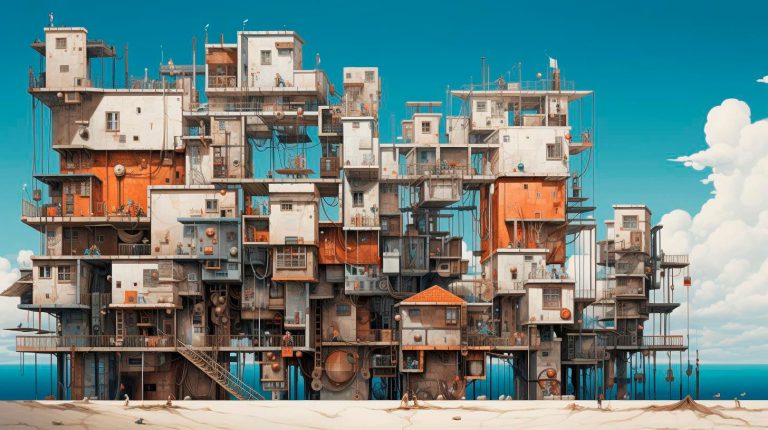In this article, we will delve into the power of odd numbers in composition and explore how they can be used effectively.
The Psychology Behind Odd Numbers in Design
Odd numbers have long been associated with a sense of harmony and balance in various art forms. In design, this concept holds true as well. Our brain naturally seeks balance and order, so when an odd number of objects is arranged, it creates a tension that captivates the viewer’s attention.
Studies have shown that odd-numbered groupings tend to be more memorable and visually pleasing. The human brain subconsciously processes odd numbers more easily, making them stand out and leave a lasting impression. By utilizing odd-numbered compositions, designers can tap into this cognitive preference and enhance the impact of their work.
Advantages of Using Odd Numbers in Composition:
- Visual Interest: Odd-numbered groupings break the monotony of even compositions, making them visually captivating and dynamic.
- Focus: The viewer’s eye is naturally drawn towards the center element of an odd-numbered group, which can be advantageous when highlighting a particular object or element.
- Better Balance: Odd numbers create a sense of imbalance that paradoxically results in a more visually balanced composition. This counterintuitive effect adds intrigue and depth to the design.
- Hierarchical Ordering: Odd numbers can help establish a hierarchy among elements, making it easier for the viewer to understand the intended message or story.
Examples of Odd Numbers in Design
Let’s explore some real-life examples of how odd numbers are used effectively in design:
Photography
Professional photographers often apply the rule of thirds, a composition technique that divides an image into a grid of nine equal parts. By placing the main subject or point of interest at one of the intersections, they create a visually pleasing composition. This technique effectively uses odd numbers (3×3 grid) to guide the viewer’s gaze towards the subject.
Graphic Design
In graphic design, odd numbers are commonly used in layouts, such as arranging three or five images or elements together. This arrangement creates an interesting rhythm and draws attention to specific elements within the design.
User Interface Design
UI designers utilize odd numbers when placing navigation icons, buttons, or call-to-action elements. By employing an odd-numbered grouping, they can guide users’ focus towards the most critical actions and ensure easy navigation.
Key Takeaways
By intentionally incorporating odd numbers into your design compositions, you can elevate the visual impact and create a captivating user experience. Here are the key takeaways to remember:
- Odd numbers bring visual interest to your design, breaking the monotony of even compositions.
- They help establish hierarchy and guide the viewer’s attention towards specific elements.
- Odd-numbered groupings create a sense of imbalance that paradoxically results in a visually balanced composition.
- Utilize odd numbers in various design disciplines like photography, graphic design, and user interface design.
Remember, the power of odd numbers lies in the psychological impact they have on viewers. By embracing imbalance and leveraging odd-numbered compositions, you can create visually stunning designs that leave a lasting impression.




















+ There are no comments
Add yours